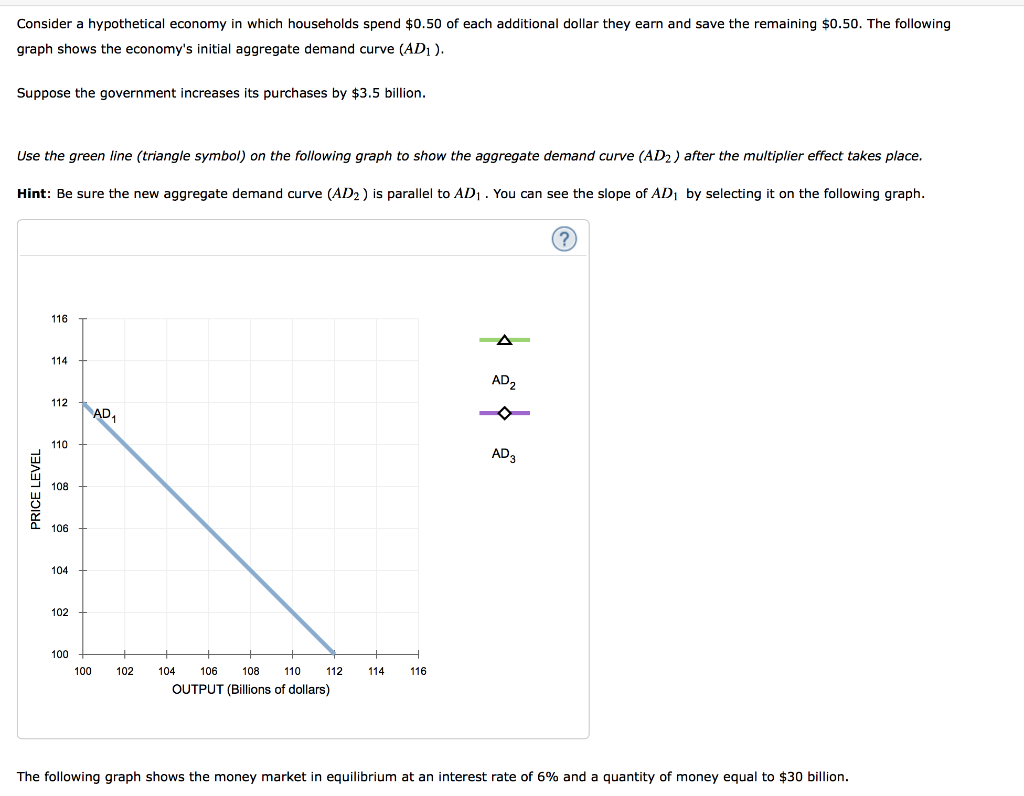

stillborn infants, due to the very high rate of infant mortality throughout the pre-modern period. Importantly, the estimate is also affected by the estimate of infant mortalities vs. The answer depends on the definition of "people", i.e., is only Homo sapiens to be counted, or all of the genus Homo, but due to the small population sizes in the Lower Paleolithic, the order of magnitude of the estimate is not affected by the choice of cut-off date substantially more than by the uncertainty of estimates throughout the Neolithic to Iron Age. Recent estimates of the "total number of people who have ever lived" are in the order of 100 billion. Clarke in 2001: A Space Odyssey (1968) has the claim that "Behind every man, now alive stand 30 ghosts, for that is the ratio by which the dead outnumber the living", which was roughly accurate at the time of writing. The claim that "the living outnumber the dead" was never accurate.

The more dramatic phrasing of "the living outnumber the dead" also dates to the 1970s, a time of population explosion and growing fears of human overpopulation in the wake of decolonization and before the adoption of China's one-child policy.

Įstimates regarding the questions of "how many people have ever lived?" or "what percentage of people who have ever lived are alive today?" can be traced to the 1970s. For the time of speciation of Homo sapiens, some 200,000 years ago, an effective population size of the order of 10,000 to 30,000 individuals has been estimated, with an actual "census population" of early Homo sapiens of roughly 100,000 to 300,000 individuals. A late human population bottleneck is postulated by some scholars at approximately 70,000 years ago, during the Toba catastrophe, when Homo sapiens population may have dropped to as low as between 1,000 and 10,000 individuals. Estimates of the size of these populations are a topic of paleoanthropology. At this time, human populations consisted entirely of non-sedentary hunter-gatherer populations, with anatomically modern humans existing alongside archaic human varieties, some of which are still ancestral to the modern human population due to interbreeding with modern humans during the Upper Paleolithic. Įstimates for yet deeper prehistory, into the Paleolithic, are of a different nature. Some estimates extend their timeline into deep prehistory, to " 10,000 BC", i.e., the early Holocene, when world population estimates range roughly between 1 and 10 million (with an uncertainty of up to an order of magnitude). Published estimates for the 1st century (" AD 1") suggest uncertainty of the order of 50% (estimates range between 150 and 330 million). In many early attempts, such as in Ancient Egypt and the Persian Empire, the focus was on counting merely a subset of the population for purposes of taxation or military service. Until the late 18th century, few governments had ever performed an accurate census. Robust population data exist only for the last two or three centuries. Graph of world population over the past 12,000 years ( Holocene)Īs a general rule, the confidence of estimates on historical world population decreases for the more distant past. Population estimates cannot be considered accurate to more than two decimal digits for example, the world population for the year 2012 was estimated at 7.02, 7.06, and 7.08 billion by the United States Census Bureau, the Population Reference Bureau, and the United Nations Department of Economic and Social Affairs, respectively, corresponding to a spread of estimates of the order of 0.8%. In summary, estimates for the progression of world population since the Late Middle Ages are in the following ranges:Įstimates for pre-modern times are necessarily fraught with great uncertainties, and few of the published estimates have confidence intervals in the absence of a straightforward means to assess the error of such estimates, a rough idea of expert consensus can be gained by comparing the values given in independent publications. This article lists current estimates of the world population in history. Comparison of humans living today with all previous generations


 0 kommentar(er)
0 kommentar(er)
